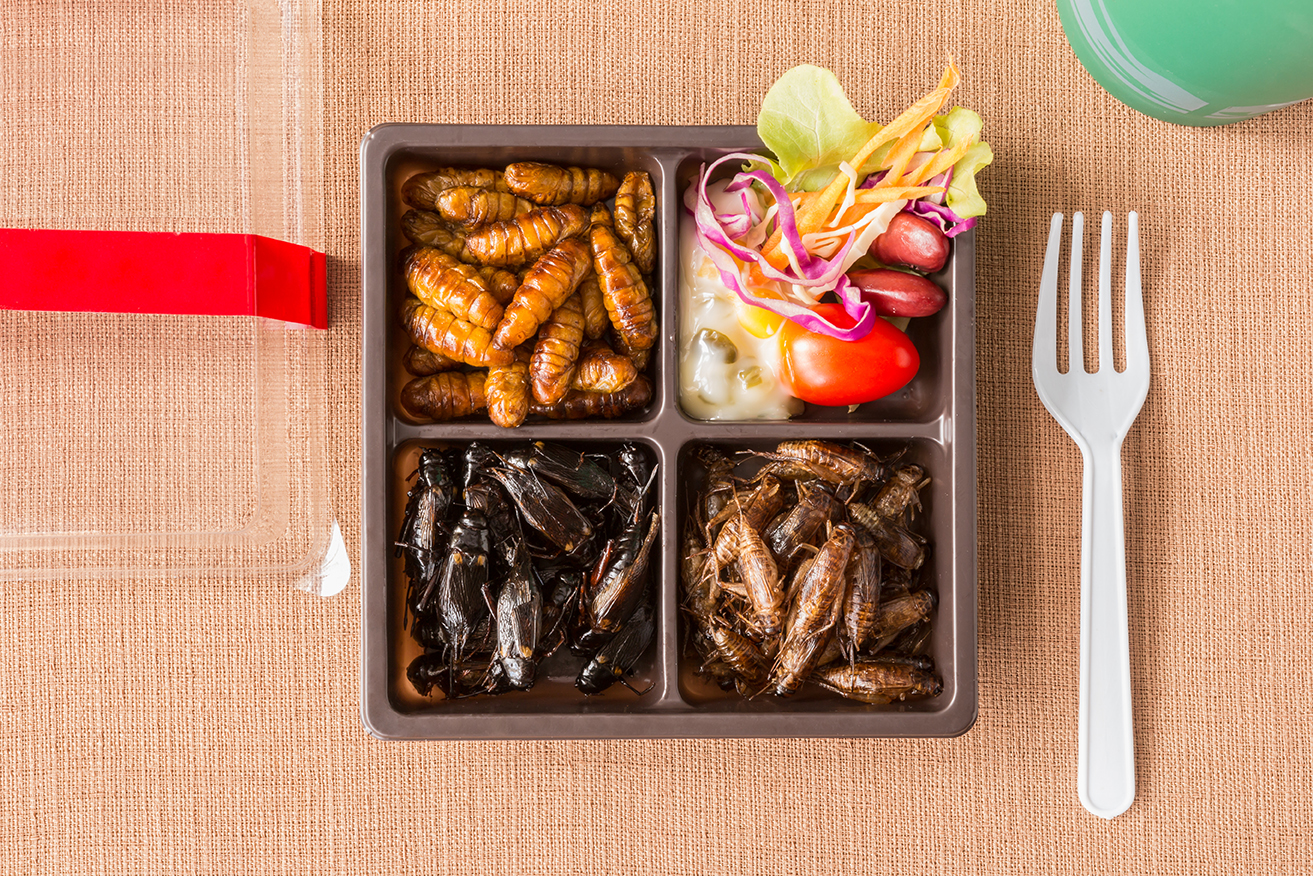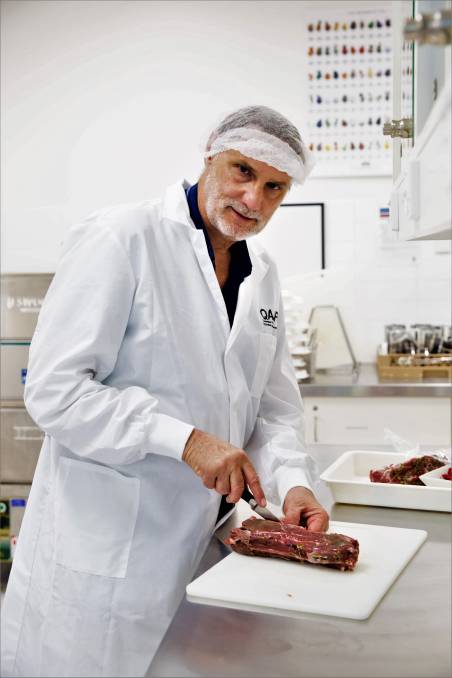University of Queensland researchers are investigating the use of maggots, locusts and other alternative proteins in a range of specialty foods.

Professor of Meat Science at the University of Queensland, Dr Louwrens Hoffman, says the world won’t be able to produce enough meat protein from conventional livestock industries, so alternatives will be needed to replace or complement traditional sources.

“An overpopulated world is going to struggle to find enough protein unless people are willing to open their minds (and stomachs) to a much broader notion of food,” Professor Hoffman said.
“Would you eat a commercially-made sausage made from maggots? The same question can be asked for other insect larvae and even whole insects like locusts. The biggest potential for sustainable protein production lies with insects and new plant sources.”
Professor Hoffman said studies have shown that even Western consumers who are willing to try insects in a dish recoil from the idea of consuming or preparing insect-based meals themselves, unless the insects are processed and disguised.
“In other words, insect protein needs to be incorporated into existing food products as an ingredient – one of my students created a very tasty insect ice-cream, for example.”
Professor Hoffman includes kangaroo meat as a potential source of global protein, as kangaroos use landscapes unsuitable for grazing.
Another area Professor Hoffman is researching as part of the Queensland Alliance for Agriculture and Food Innovation (QAAFI) is the use of larvae (maggots) from the black soldier fly (Hermetia illucens) as a dietary protein source for chicken production.
“Poultry is a massive industry worldwide and the industry is under pressure to find alternative proteins that are more sustainable, ethical and green than the grain crops currently being used,” he said.
This part of his extensive field of work originated with research he undertook in South Africa, collaborating with researchers in Italy.
He and his collaborators found that broiler diets can be up to 15 per cent larvae meal without affecting the chicken’s production performance and nutrient-use efficiency, and with no impacts on the sensory characteristics (aroma, flavour, juiciness and tenderness) of the breast muscle, or the long-chain fatty acid composition of the cooked chicken meat.
“It’s all pretty logical if you think about it,” he said. “Chickens in the wild don’t eat feed preparations, they eat insects and larvae. And while insects are largely foreign as a food in Western cultures, there are many millions of people around the world for whom they are a familiar part of the diet.”
Professor Louwrens said insect larvae can also be produced as a product from ‘upcycled waste’ including sewage.
He argues there needs to be a better understanding of the difference between animal feed and human food, and a global reappraisal of what can constitute healthy, nutritional and safe food for all.
Peer-reviewed paper on the use of fly larvae in sausages: Bessa, L.W., Pieterse, E., Sigge, S., Hoffman, L.C. (2019) An exploratory study into the use of black soldier fly (Hermetia illucens) larvae in the production of a vienna-type sausage. Meat and Muscle Biology doi: 10.22175/mmb2018.11.0038
Contact: Professor Louw Hoffman, T. +61 7 344 32602 or E. louwrens.hoffman@uq.edu.au or Margaret Puls QAAFI Communications, M. +61 4 1798 4547 E. qaaficomms@uq.edu.au
Orginal article published via Farmonline on 23 March 2019 by Vernon Graham Meatless Mondays 'won't save the planet' says meat scientist.
Paper



